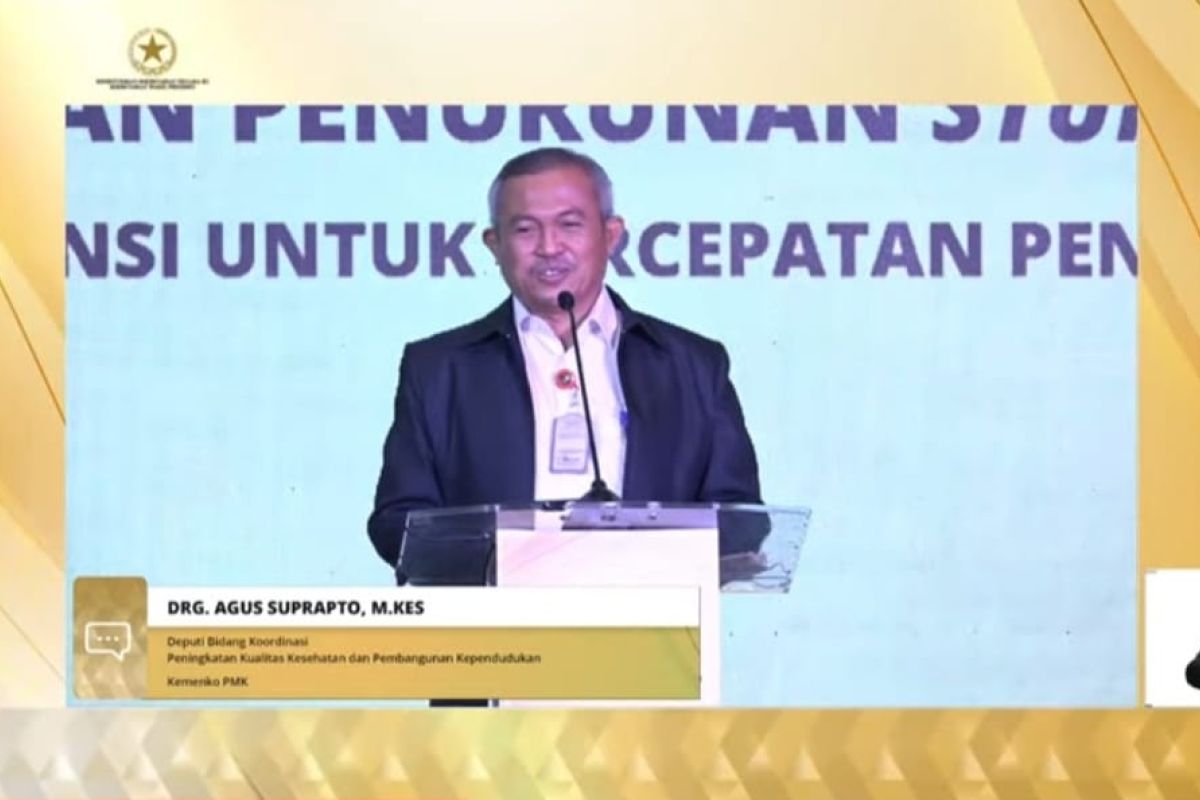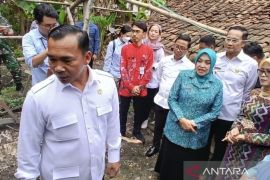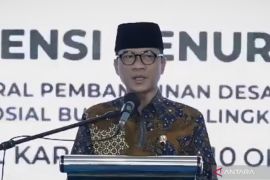"If our stunting (prevalence) figure is still at 24.4 percent, theoretically, there is a management problem in the public gate (and) not a biomedical problem," he remarked.
If the stunting prevalence is 10 percent below, then there may be a biomedical problem, he remarked during the National Technical Coordination Meeting for the Acceleration of Stunting Reduction held in a hybrid format, Monday.
However, if the stunting rate is above 20 percent, then it means there is a management problem on the field, he explained.
Nonetheless, Indonesia still has the opportunity to change this if it can utilize convergence enhancement to expedite stunting reduction. Reduction by 3 to 3.5 percent per year is still possible, he noted.
"I am optimistic that if we can act and work together, (then) we can achieve the (prevalence) figure of 14 percent (in 2024). This year, we should aim for 18 (percent) if we can," he remarked.
However, in the effort to reduce stunting, Indonesia cannot force itself because it must take into account various socio-cultural problems plaguing each region, Suprapto said.
To this end, flexibility in the implementation of Presidential Regulation No. 72 of 2021 should be adjusted in accordance with the local culture, he stated.
The ministry has organized integrated assistance in 12 priority provinces and 49 districts or cities. The 12 provinces are regions with the highest prevalence and stunting cases in Indonesia.
These provinces can have a stunting prevalence figure of up to 60-70 percent. However, the ministry's activity in these provinces is expected to inspire other districts and provinces to resolve stunting, he stated.
Suprapto remarked that during the assistance activity, the ministry came across several issues including the lack of universities and regional partners' involvement as well as coordination that had not become a routine, which necessitates thematic coordination and coordinators.
There is also the lack of Regional Governmental Apparatus Organization's (OPD's) involvement in planning and data coordination.
Related news: 10.4% stunting reduction by 2024 no easy task: official
Related news: Minister echoes importance of balanced nutrition to prevent stunting
Related news: 300 families at risk of stunting affected by Cianjur quake: BKKBN
Translator: Rizka K, Fadhli Ruhman
Editor: Sri Haryati
Copyright © ANTARA 2022












